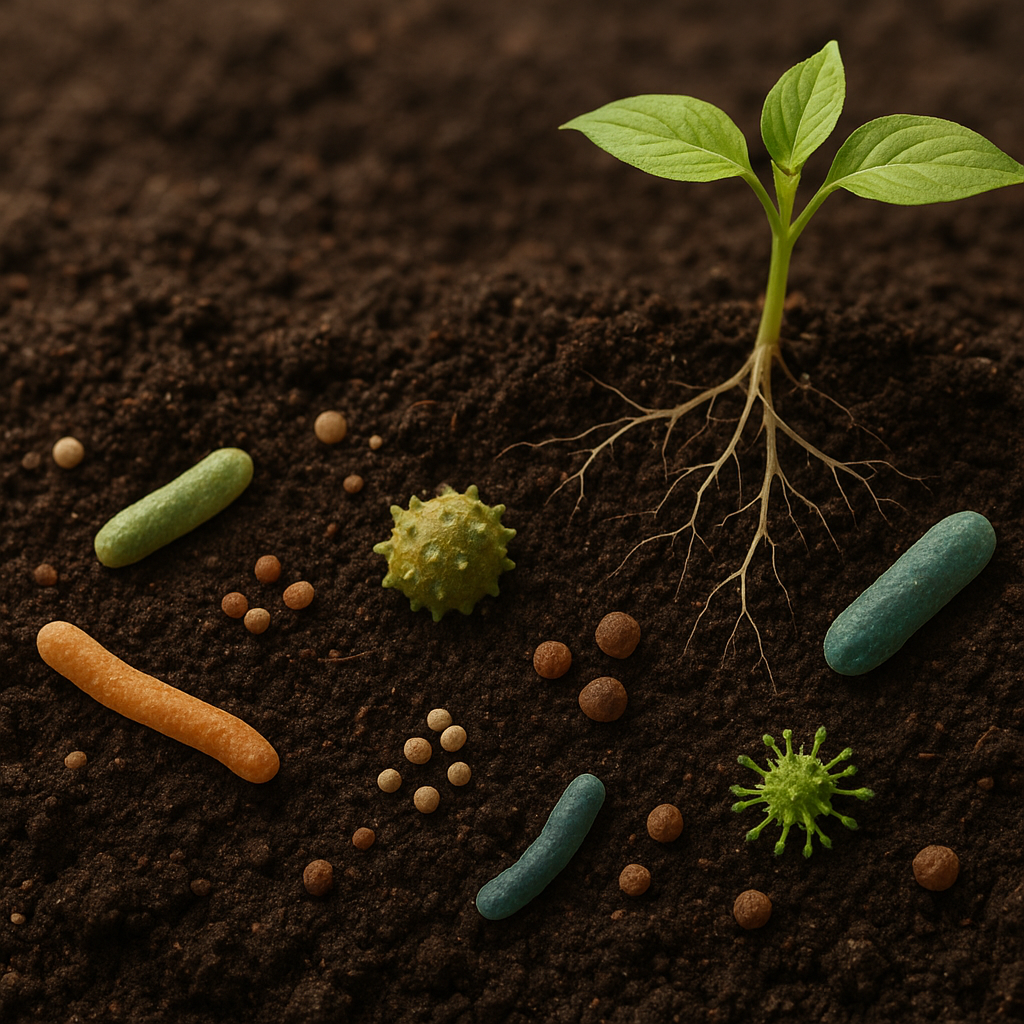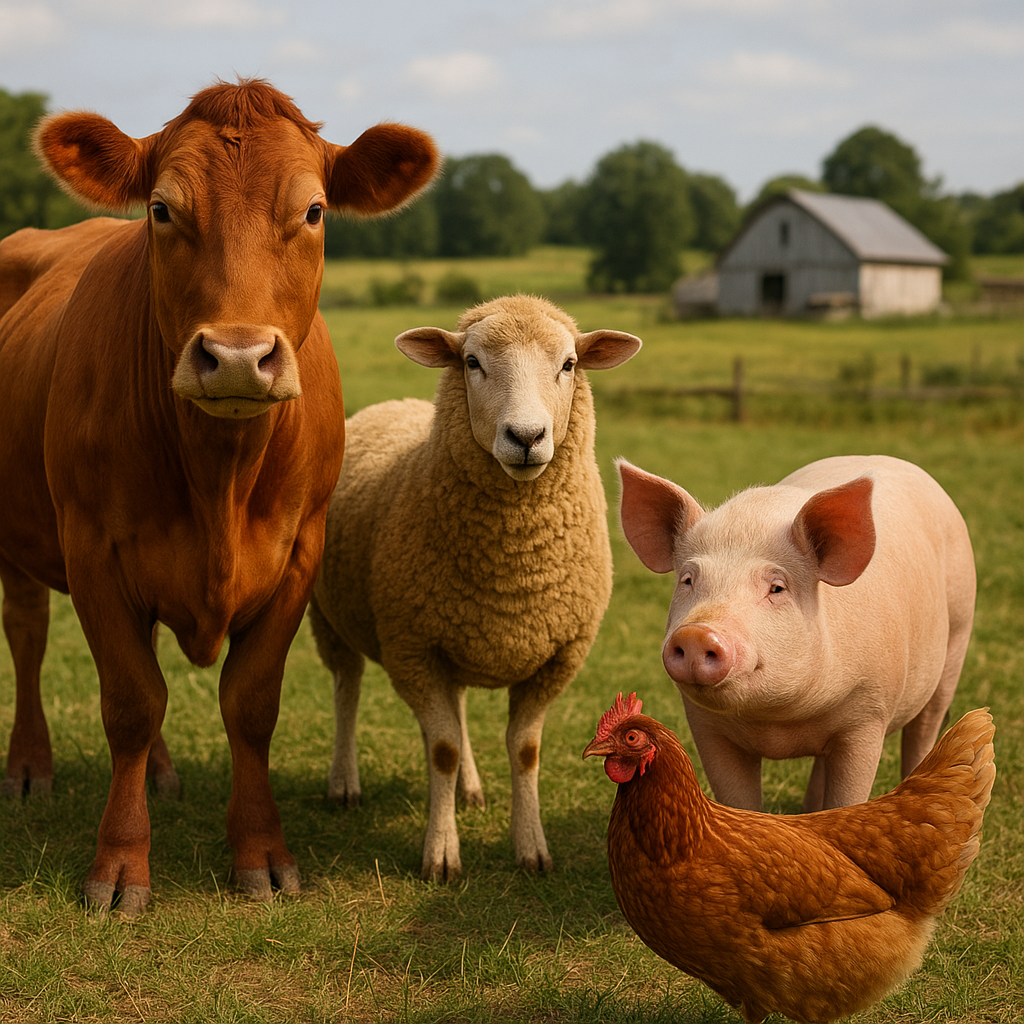Aquaponics represents a revolutionary approach to sustainable farming by integrating fish farming and agriculture into a single, symbiotic system. This innovative method not only maximizes space and resources but also promotes environmental sustainability by reducing waste and conserving water. In this article, we will explore the principles of aquaponics, its benefits, and the challenges faced by those who wish to implement this system in their farming practices.
Understanding Aquaponics
Aquaponics is a combination of aquaculture (the farming of fish) and hydroponics (the cultivation of plants in water). In this system, fish waste provides an organic nutrient source for the plants, while the plants help to filter and purify the water for the fish. This closed-loop system creates a balanced ecosystem where both fish and plants thrive, leading to increased productivity and sustainability.
The Components of an Aquaponics System
To understand how aquaponics works, it is essential to break down its main components:
- Fish Tank: This is where the fish are raised. The tank must be adequately sized to accommodate the fish species being cultivated, ensuring they have enough space to grow and thrive.
- Biofilter: This component converts fish waste into nutrients that plants can absorb. Beneficial bacteria break down ammonia from fish waste into nitrites and then into nitrates, which are essential for plant growth.
- Grow Bed: This is where the plants are cultivated. The grow bed is filled with a growing medium, such as gravel or clay pellets, which supports the plants and allows water to flow through, providing nutrients and oxygen.
- Water Pump: This pump circulates water between the fish tank and the grow bed, ensuring that both fish and plants receive the necessary nutrients and oxygen.
- Drainage System: This system allows excess water to flow back into the fish tank, completing the cycle and maintaining the balance of the ecosystem.
Types of Aquaponics Systems
Aquaponics systems can be categorized into several types, each with its unique features and benefits:
- Media-Based Systems: These systems use a solid growing medium, such as gravel or clay pellets, to support plant growth. The water is pumped from the fish tank to the grow bed, where it trickles through the medium, allowing plants to absorb nutrients.
- Deep Water Culture (DWC): In this system, plants are suspended in a nutrient-rich water solution, with their roots submerged. Air stones are used to provide oxygen to the water, ensuring that the plants receive adequate aeration.
- Nutrient Film Technique (NFT): This method involves a thin film of nutrient-rich water flowing over the roots of the plants, which are supported by a sloped channel. This allows for efficient nutrient uptake while minimizing water usage.
- Vertical Aquaponics: This innovative approach utilizes vertical space to grow plants, making it ideal for urban environments where space is limited. Plants are stacked in vertical towers, allowing for maximum production in a small footprint.
Benefits of Aquaponics
The aquaponics system offers numerous advantages that make it an attractive option for sustainable farming:
Environmental Sustainability
Aquaponics is an environmentally friendly farming method that significantly reduces water usage compared to traditional agriculture. The closed-loop system recirculates water, minimizing waste and conserving this precious resource. Additionally, aquaponics eliminates the need for chemical fertilizers and pesticides, promoting healthier ecosystems and reducing pollution.
Increased Productivity
By combining fish farming and plant cultivation, aquaponics can produce higher yields in a smaller area. The symbiotic relationship between fish and plants allows for efficient nutrient cycling, resulting in faster growth rates and healthier crops. This increased productivity can lead to higher profits for farmers and greater food security for communities.
Reduced Labor and Resource Costs
Aquaponics systems can be designed to require less labor and fewer resources than traditional farming methods. The automated nature of many aquaponics systems reduces the need for manual labor, while the efficient use of water and nutrients lowers operational costs. This makes aquaponics an appealing option for small-scale farmers and urban gardeners alike.
Educational Opportunities
Aquaponics provides a unique opportunity for education and research. Schools, universities, and community organizations can use aquaponics systems to teach students about sustainable agriculture, biology, and environmental science. This hands-on learning experience can inspire the next generation of farmers and environmental stewards.
Challenges of Aquaponics
Initial Setup Costs
Establishing an aquaponics system can require a significant initial investment. The costs associated with purchasing equipment, fish, and plants can be a barrier for some aspiring aquaponic farmers. However, many view this as a long-term investment, as the potential for increased yields and reduced operational costs can lead to profitability over time.
Technical Knowledge and Skills
Aquaponics requires a certain level of technical knowledge and skills to manage the system effectively. Farmers must understand the needs of both fish and plants, as well as the principles of water chemistry and biology. This learning curve can be daunting for those new to farming or aquaculture, but resources and training programs are increasingly available to help bridge the gap.
Pest and Disease Management
While aquaponics reduces the need for chemical pesticides, it does not eliminate the risk of pests and diseases. Farmers must be vigilant in monitoring their systems and implementing integrated pest management strategies to protect their crops and fish. This can be particularly challenging in a closed-loop system, where the health of one component directly impacts the others.
Regulatory Challenges
In some regions, aquaponics may face regulatory hurdles related to fish farming and food safety. Farmers must navigate local laws and regulations to ensure compliance, which can be a complex and time-consuming process. Advocacy and education efforts are essential to promote the acceptance of aquaponics as a legitimate farming practice.
The Future of Aquaponics
The future of aquaponics looks promising as more people recognize the importance of sustainable farming practices. As urbanization continues to rise and the demand for locally sourced food increases, aquaponics offers a viable solution to meet these challenges. Innovations in technology, such as automated systems and improved water management techniques, will further enhance the efficiency and productivity of aquaponics systems.
Community Engagement and Support
Community engagement is crucial for the success of aquaponics initiatives. Local governments, organizations, and individuals can work together to promote aquaponics as a sustainable farming method. By providing resources, training, and support, communities can empower aspiring aquaponic farmers and foster a culture of sustainability.
Research and Development
Ongoing research and development in aquaponics will continue to drive innovation and improve system efficiency. Scientists and farmers alike are exploring new fish and plant species, optimizing nutrient cycling, and developing best practices for aquaponics management. This collaborative effort will help to advance the field and ensure its long-term viability.
Conclusion
Aquaponics represents a groundbreaking approach to sustainable farming that combines fish farming and agriculture in a mutually beneficial system. With its numerous advantages, including environmental sustainability, increased productivity, and reduced resource costs, aquaponics has the potential to revolutionize the way we produce food. However, challenges such as initial setup costs, technical knowledge requirements, and regulatory hurdles must be addressed to fully realize its potential. As we move forward, community engagement, research, and innovation will play vital roles in shaping the future of aquaponics and promoting sustainable farming practices worldwide.




